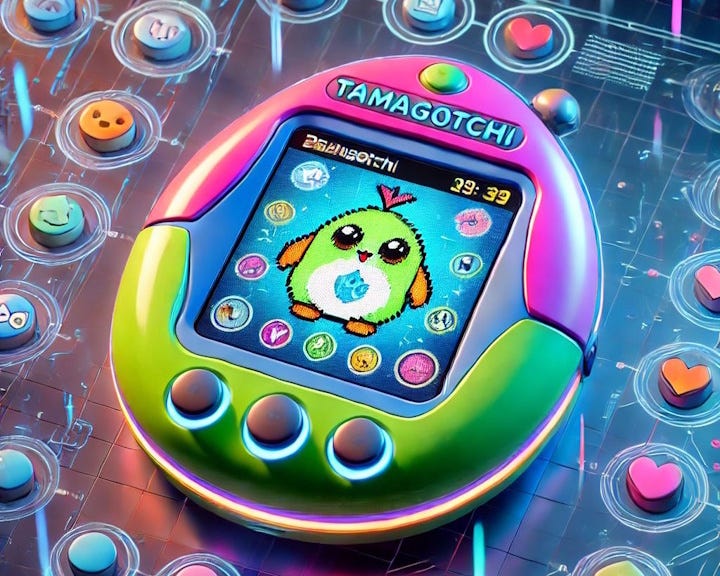Tariffs is probably the word on everyone’s lips as we look ahead to the new year. President-elect Trump has threatened to raise tariffs on imports, especially goods from China, Mexico, and Canada. While the proposed tariff hikes (and any resulting tit-for-tat measures) mostly affect the countries involved, there will probably be some collateral damage to other countries.
But these macroeconomic headwinds are unlikely to dampen the tech industry’s enthusiasm for AI. Despite rumblings that AI firms like OpenAI are finding it increasingly difficult to improve their AI models, consumer AI applications are only just ramping up. Apple Intelligence, for example, was half-baked at launch. But you can expect more helpful updates this year, like a more capable Siri that is aware of what’s happening on your iPhone screen, so as to help you complete your tasks.
All smartphone brands will be squeezing more AI features into their 2025 models. These features are likely to be on-device, and not have to tap into the cloud — a boon both for owners (improved privacy) and for smartphone makers (less costly). And it won’t be exclusive to premium models, but will be an “essential standard across all mobile tiers”, according to Chris Patrick, Senior Vice President at Qualcomm.
Whether consumers will bite is less certain. Only a paltry 7% of US respondents in a Deloitte study agreed that they are more likely to upgrade their devices sooner because of AI. The same report noted the challenges around the broad adoption of AI, from users finding AI confusing to being wary of giving up control to AI assistants.
These questions surrounding generative AI adoption in smartphones apply similarly to PCs. Nevertheless, you can expect Microsoft to keep the momentum going, and roll out more Copilot+ AI features on its Windows 11 platform. The hardware side also appears to be in a healthy state. AMD, Intel and Qualcomm all launched AI-capable processors last year, and you’d expect them to refresh these chips sometime this year. In fact, AI PCs are expected to make up 40% of global PC shipments in 2025.
Besides traditional computing devices like phones and laptops, AI will also be more prominent in gadgets like smartwatches and smart glasses. Multimodal AI will be key to making devices like smart glasses work to their full potential. And there will probably be robots. There’s no telling which home appliance or electronics will get the AI treatment next. But how about an official, AI-powered Tamagotchi for a start?
This week, we tested Sony’s new LinkBuds Speaker, which works best with its LinkBuds earbuds. We also tried Vivo’s new mid-range V40 Lite phone, and had lots of couch co-op fun with arcade football game Sociable Soccer 25.
The Sony LinkBuds Speaker has one unique feature: Automatic and seamless audio handoff between the speaker and one of five compatible Sony headphones. That aside, this portable Bluetooth speaker is also fairly compact, and portable, with a carrying loop. The audio quality is good, too, though it lacks the power to fill a large room. You can, however, pair two of them in stereo mode for a larger, more immersive sound.
With its flat, iPhone-like design, the Vivo V40 Lite is a good-looking phone that also impresses with its long battery life, bright display, and competent cameras. But its processor is relatively slow for its price range, which means that the phone feels underpowered, especially in games, compared with the competition.
Tired of playing the same EA FC football game every year? Try Sociable Soccer 25, which is a spiritual successor to the classic Sensible Soccer game from the 90s. This fast-paced, arcade-style game is easy to pick up, with just a few buttons to learn. But it has surprising depth, thanks to the ability to bend the ball after the initial pass or shot. A really fun football game, especially local co-op.







